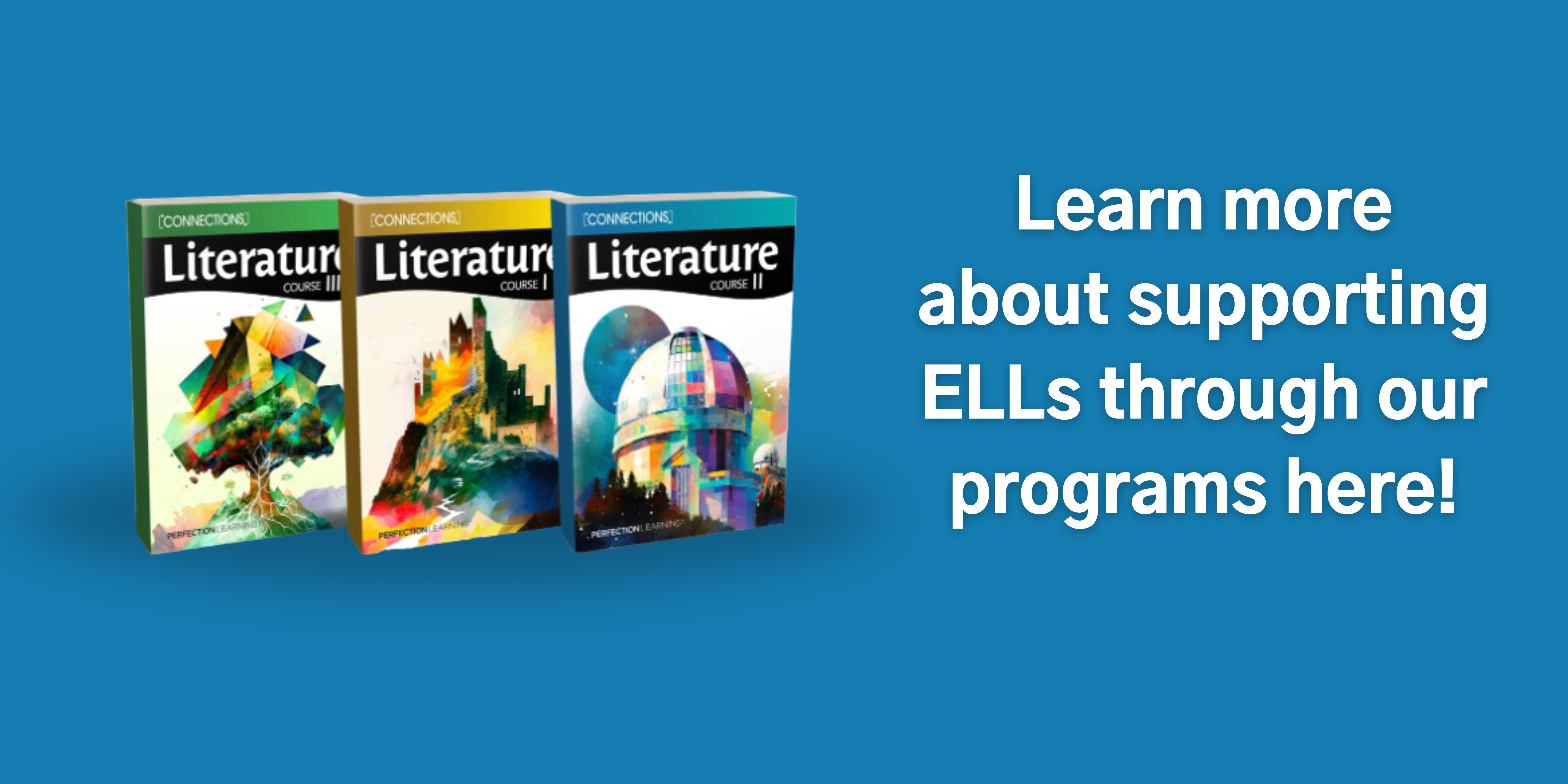It’s that time! The school year is beginning and you’re ready to welcome up to 180 new learners into your classroom. Whether you’re in your first year of teaching or your thirty-fifth, the first day of school can bring both excitement and trepidation.
And if you’re welcoming new emergent bilingual learners to your classroom, there are distinct challenges that come with these adolescents who may speak a home language other than school English.
They may speak Spanish or Chinese, Vietnamese or Arabic, Russian or Haitian Creole, African American Vernacular, or Chicano English, but one thing is for certain: you need strategies to welcome them into your classroom and create an inclusive learning environment. Strategies that set them up for academic success.
Here are my top seven tips and strategies for creating that middle school space:
- Learn their names. The ones their parents gave them, not the Anglicized ones they’ve adopted to make other people comfortable. Spend some time learning to pronounce them correctly. Let them know that you want them to correct you if you say it wrong.
This shows that you care about who they are, their culture, and their heritage.
- Create an inclusion statement. At middle school, you can do this collaboratively, giving learners a voice. Begin with a baseline: “Everyone in this classroom has a place here. In this space, we respect and value everyone, simply because they are human.” Then ask your learners to contribute their own ideas.
Your final product should be prominently displayed to serve as a reminder of the inclusive culture of the classroom.
- Embrace their language diversity. The ability to speak two languages, whether a world language or a sociocultural language, is a cognitive strength. In subjects and assignments that require analytical thinking and abstract reasoning, bilingual learners may demonstrate superior abilities.
If you struggle to learn or speak a second language, imagine the processes that take place when you do it all the time!
- Encourage code-switching and translanguaging. Whenever possible (journals, discussions, poetry, etc.), allow them to use elements from both their home language and school English. This promotes linguistic flexibility, strengthens neural pathways, and helps students navigate between linguistic contexts.
There may be a single word in their home language that requires a paragraph in English. Use these opportunities to expand all learners' cultural and linguistic connections.
- Teach culturally responsively. Adopt culturally responsive teaching practices that acknowledge and respect emergent bilingual learners’ cultural backgrounds. Incorporate culturally relevant materials and activities to make learning more engaging and meaningful.
Ask your emergent bilingual learners for help. This promotes inclusivity and makes them feel safer and more welcome.
- Encourage and welcome collaboration and peer support. Facilitate collaborative learning opportunities where students can work together with peers who speak the same home language.
Allow them to support each other. This fosters a sense of community and allows students to learn from their peers.
- Differentiate instruction and assessment. Accommodate students' diverse learning needs. Adapt teaching methods, materials, and assessments to ensure all students can achieve their full potential.
The teaching supports and ancillaries you’ll find in Connections will support you in that.
All these strategies support emergent bilingual learners, while doing no harm to your English-only learners. They create empathy and awareness and may even encourage your English-only learners to learn a second language.

Dr. Almitra L. Berry is an educational consultant, author, and podcaster. She contributed to the review of emergent bilingual supports in Connections: English Language Arts. Dr. Berry covers the topic of emergent bilingual learners extensively in her book Effecting Change for Culturally and Linguistically Diverse Learners and in several episodes of the Educational Equity Emancipation podcast.



